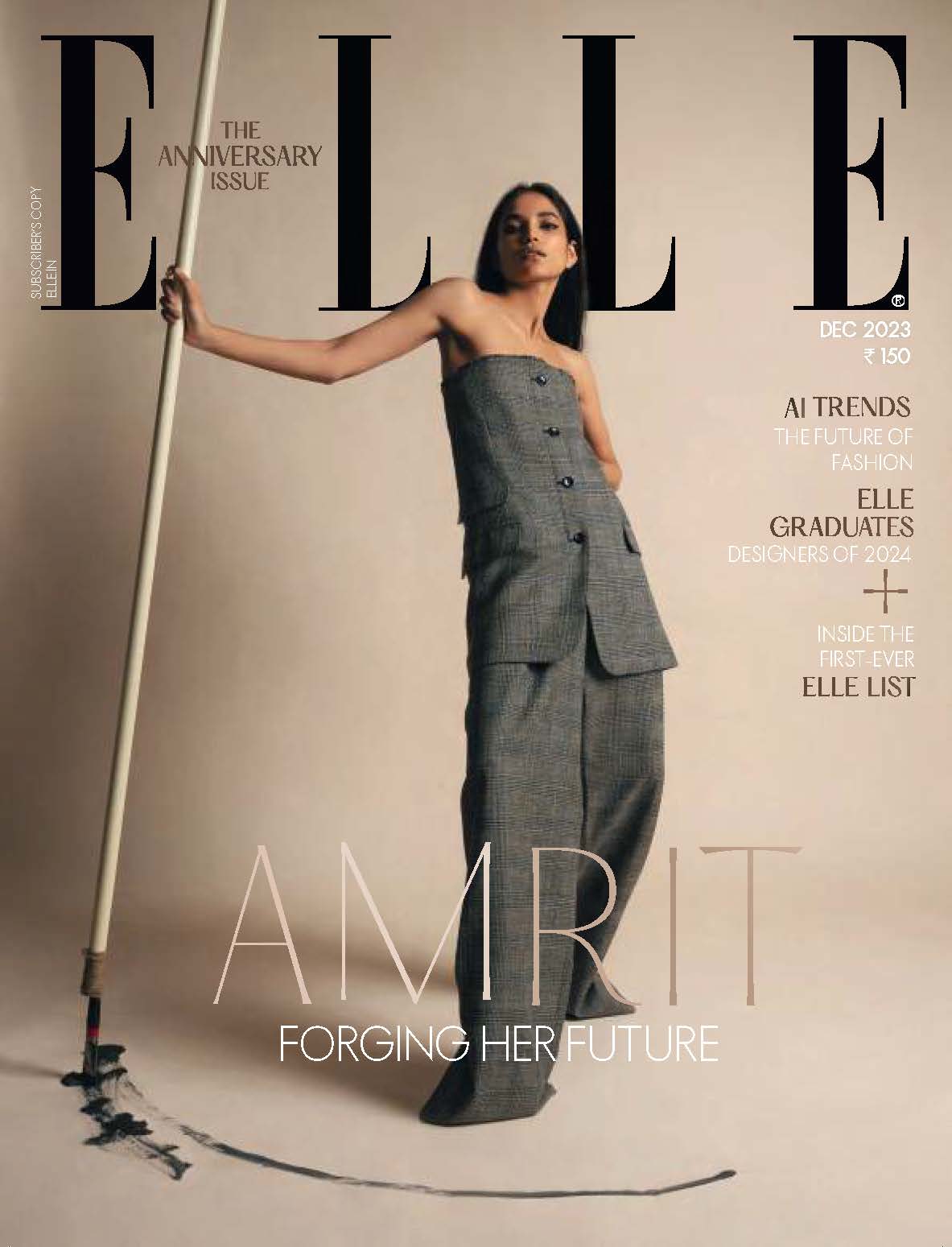I have double-jointed thumbs. The whole digit hyperextends backwards like a yogi gliding into chakrasana. I never learned to hold a pencil correctly. I never managed to draw a straight line. But I can connect the dots of what this series of little failures made me believe: someone who can’t hold a pencil properly can never be an artist.
In school, I avoided advertising my strange thumbs, learning to keep them straight. Still, drawing and painting eluded me. In college, I began to understand that art was much more than drawing a line or controlling watercolours — but by then I was too certain of my inability to consider trying my hand at making something. I turned to studying artists, and the history of art, and later to curating. If I couldn’t make a meaningful object myself, I could surround myself with those who did. On some days, this seemed to quench my desire — blessed by association, standing at the edge of the circle, I caught the edge of some creative glow.
Eventually the need to make things has brought me back to language. I spend much of the day making sentences, stitching them together and tearing them apart. The voice I speak to myself with is harsh, shrill, even menacing sometimes. Time compresses, and I am still trying, still failing.
The pile of failed pages lines bookshelves and fills boxes. I wonder at the trees that have fallen, the entire industries that have flourished because of my failures. This grandeur is a kind of comfort.
And then there are the successes. Few and far between, I have to search for them among the wreckage, but they are there, the beautiful sentences, the pieces that have been published, a line or two of praise.
The momentary elation lingers as long as I stay off social media, where polish and perfection reign, and where the edge of a picture can have sharp teeth.
In October of last year, my husband and I set off like pilgrims in search of answers about how to live. We landed in a scenic conference hall in Lisbon, where elliptical windows overlooked craggy ruins by the sea. Alain de Botton and his organisation, the School of Life, kept us firmly in our seats for three days, outlining how we can shift our perceptions of the world. My husband and I were familiar with Botton — we joke that his writing was a textbook we used to learn about marriage.
We liked his stoic, pessimistic outlook, and his assertion that the most important question to ask on a first date is “how are you crazy?” But on the second day of the conference, I felt my stomach sink as he turned to a new topic: failure. “We are all abject failures,” he intoned. The key was in accepting it, in finding dignity in failing. I couldn’t help feeling like he was speaking directly to me.
Botton asked us to write down a cherished dream or wish on a scrap of paper and surrender it to one of the garbage bins at the front of the hall. Instead of writing a sentence, I drew a childish picture of a stick figure at an easel.
After the exercise, the group let out a collective sigh, as though some long-held burden had finally been released. I smiled along but felt the scrap of paper still in my pocket.
“Do you ever feel like a failure,” I ask my husband.
“When I play golf,” he says. “Even though I have been playing for 15 years, there are still days I feel like I am playing for the first time.”
Proximity to suffering can make us better people, and happiness is generally elusive, so I decide I had better look for dignity in failure, as Botton suggested. Maybe the mess is where we find humanity. I know that for many, failure can be a generative and powerful practice. Errors are essential to a creative path — ask any innovator and they will tell you that the mistakes they made are what led them to where they are. If I am honest, some of the best writing I have done has been a mistake, arisen from nowhere, the result of a daydream or a misused word.
Perhaps failure can even be fun, playful. I watch a video on YouTube of an infant lying on her back, feeling left and right, testing the weight of her body until she finally manages to roll over. The baby doesn’t break a sweat. She is laughing, squirming around without an end goal in sight.
At night, I dream that my husband is teaching me how to golf. Instead of balls, we crumple up pages of my failed manuscripts and set them on the tee. The paper is surprisingly heavy, and when I swing, I hit them out of sight.
“What are you doing?” my husband asks.
I am sitting on the floor surrounded by stacks of my old manuscripts, his golf balls and glue.
“Making something,” I say.
Taking a single piece of paper from the pile, I glue and wrap it around a golf ball. Fragmented lines of writing stare back at me. I do this again and again, for 108 balls. The process is slow but meditative. When I am finished, I place each ball in a wooden frame I have had specially fabricated. There are 108 slots, a grid of nine by twelve — to hold the beads of our own jaap mala of failure. My failures enclosing his, his failures solidifying mine. When the balls are in place, I slide a glass into the grooves, sealing the frame. I lean it against the wall. The effect is orderly, serene and beautiful. It is a landscape, a calendar, a mapping of our mistakes, and place from which to begin again. My first work of art, and I didn’t have to worry about my thumbs after all.


